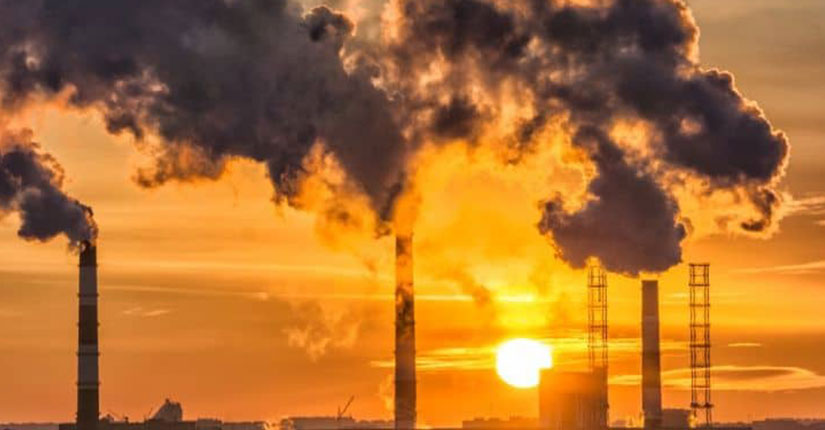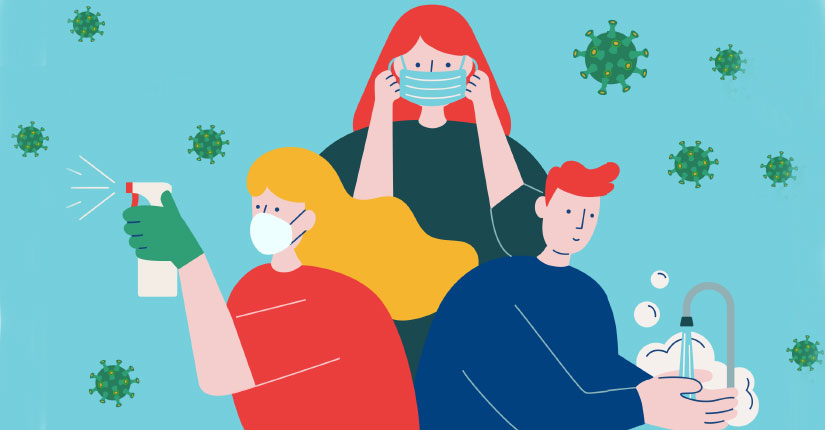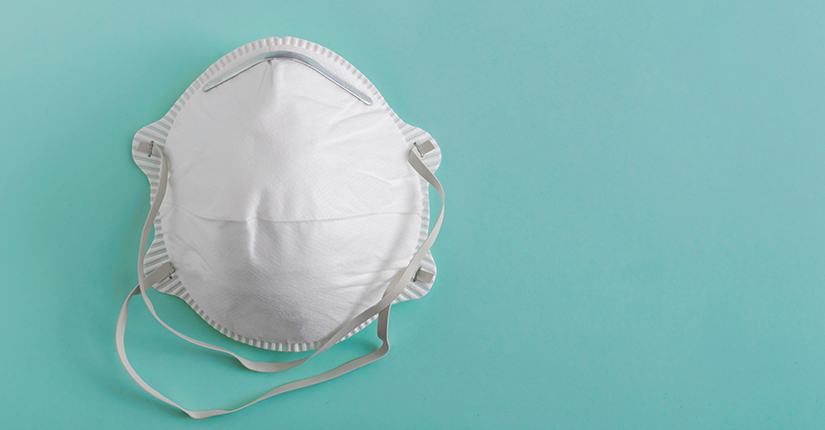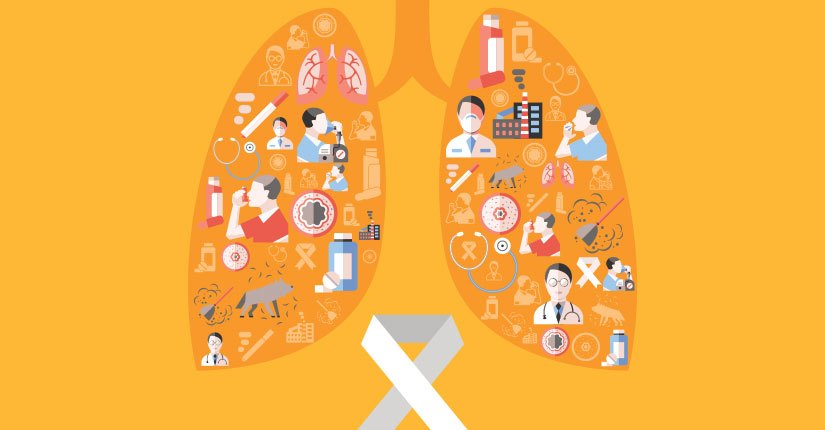WHO Tweeted About New Global Air Quality Guidelines
By Nmami Agarwal 26-May 2022 Reading Time: 4 Mins

Air pollution is the contamination of the indoor or outdoor environment by any chemical, physical or biological agent that modifies the natural characteristics of the atmosphere. Household combustion devices, motor vehicles, industrial facilities, and forest fires are common sources of air pollution. Pollutants of major public health concern include particulate matter, carbon monoxide, ozone, nitrogen dioxide, and sulfur dioxide. Outdoor and indoor air pollution cause respiratory and other diseases and are important sources of morbidity and mortality.
The World Health Organisation data show that almost all of the global population (99%) breathe air that exceeds WHO guideline limits and contains high levels of pollutants, with low- and middle-income countries suffering from the highest exposures.
Air quality is closely linked to the earth’s climate and ecosystems globally. Many of the drivers of air pollution (i.e. combustion of fossil fuels) are also sources of greenhouse gas emissions. Therefore, policies to reduce air pollution offer a win-win strategy for both climate and health, lowering the burden of disease attributable to air pollution and contributing to the near- and long-term mitigation of climate change.
New WHO Global Air Quality Guidelines (AQGs) provide clear evidence of the damage air pollution inflicts on human health, at even lower concentrations than previously understood.
- The guidelines recommend new air quality levels to protect the health of populations, by reducing levels of key air pollutants, some of which also contribute to climate change.
- These guidelines recommend air quality levels for 6 pollutants, where evidence has advanced the most on health effects from exposure. When action is taken on these so-called classical pollutants – particulate matter (PM), ozone (O₃), nitrogen dioxide (NO₂) sulfur dioxide (SO₂), and carbon monoxide (CO), it also has an impact on other damaging pollutants.
- They also highlight promising practices for the management of certain types of particulate matter (for example, black carbon/elemental carbon, ultrafine particles, and particles originating from sand and dust storms) for which there is currently insufficient quantitative evidence to set air quality guidelines levels. They are applicable to both outdoor and indoor environments globally and cover all settings.
- The goal of the guideline is for all countries to achieve recommended air quality levels
Over To You:
Almost 80% of deaths related to particulate matter, 2.5 could be avoided if the current air pollution levels were reduced to those proposed in the updated guideline, according to a rapid scenario analysis performed by the World Health Organisation.





















